There have been so many types of swords over the centuries that it is hard to classify all of them. In this article, we look at some of the most famous historical bladed weapons of Asia, Africa, and Europe.
Asia
East Asian swords: The most famous of these is undoubtedly the Japanese Samurai’s blade of choice – the single-edged katana. While stories of these being able to cut through trees and metals are untrue and frankly ridiculous, it is not improbable that a katana in the hands of a skilled person could diagonally slice a human body in half. Its blade was about 2.5 feet in length. As for the Chinese, some of their more popular swords were the double-edged longsword Jian and the single-edged saber Dao.
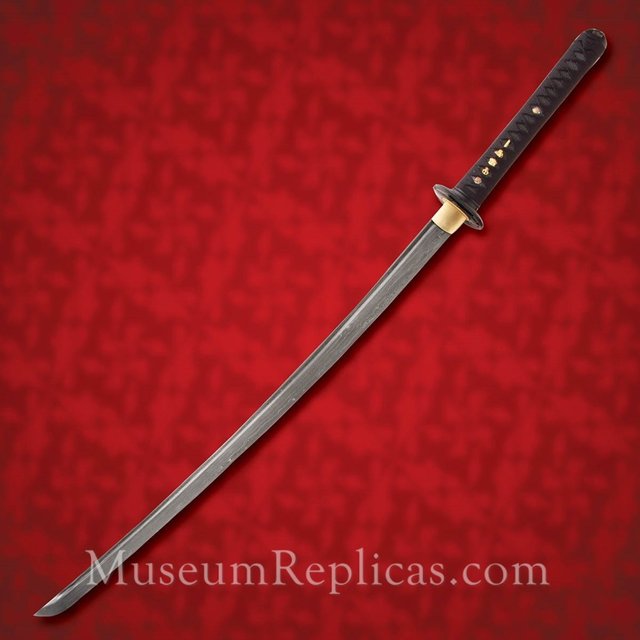
Scimitars: The single-edged scimitar could be up to 3 feet long and featured a backward curve with a thick and unsharpened back edge. Though made popular by Middle-east Asian warriors, they were not exclusive to Arabia and versions of the blade have been known to exist in other parts of the continent. The weapon was first seen with the Turko- Mongol nomads of Central Asia in the 7th century.
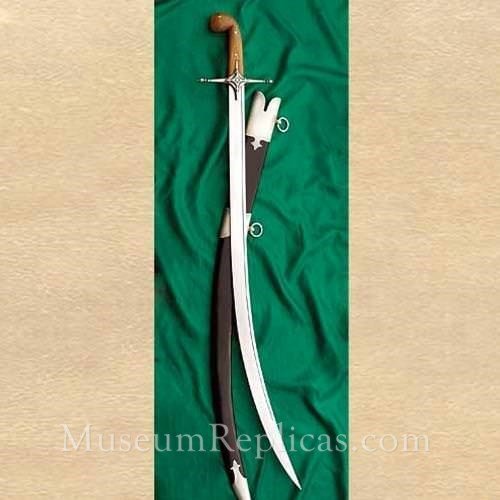
Africa
Egyptian swords: Egyptian blades of yore were mostly longer versions of dirks and daggers and only brought out in close combat situations. As with most armies of that time, soldiers preferred the bow and arrow as the primary weapon with javelins, pikes and spears close behind. However, they did have a unique looking sword called Khopesh. It was a sickle-sword hybrid that was often used to behead captured prisoners. The sword was about 2 feet in length.
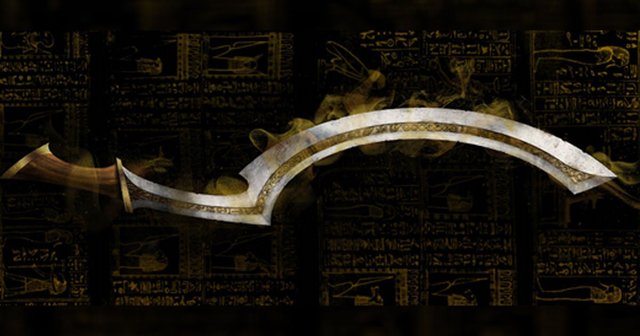
Europe
Falchions: The single-edged falchion was in fashion in Europe from the 13th to 16th century and was the weapon of choice of the peasant soldier. It resembled the modern-day machete but with the guard. Often viewed as a “poor man’s” weapon, the falchion did not take much skill to wield and was capable of inflicting fatal damage to light-armored soldiers. It was a little over 3 feet in length.
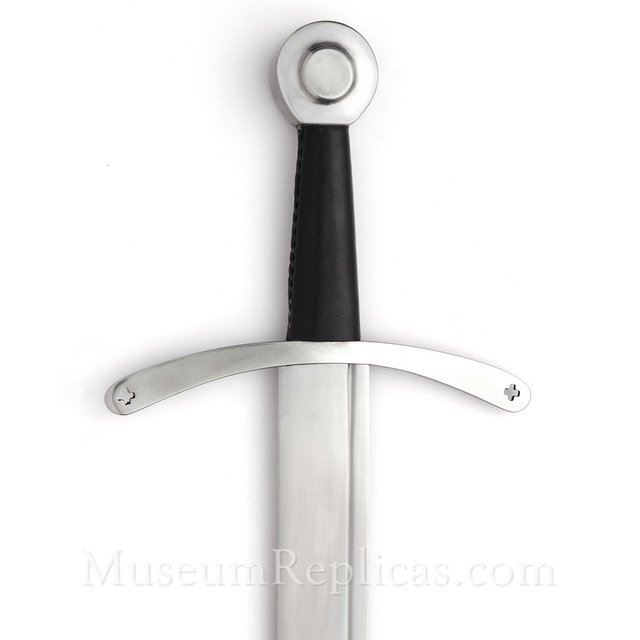
Rapiers: Rapiers were single-handed swords of the Renaissance period. Their truest version was a long, narrow, rigid, almost edgeless blade that featured a thick, tapering cross-section and a sharp point. They were used for dueling, a fad of that time, as well as non-armored combat. Rapiers were primarily thrusting weapons.
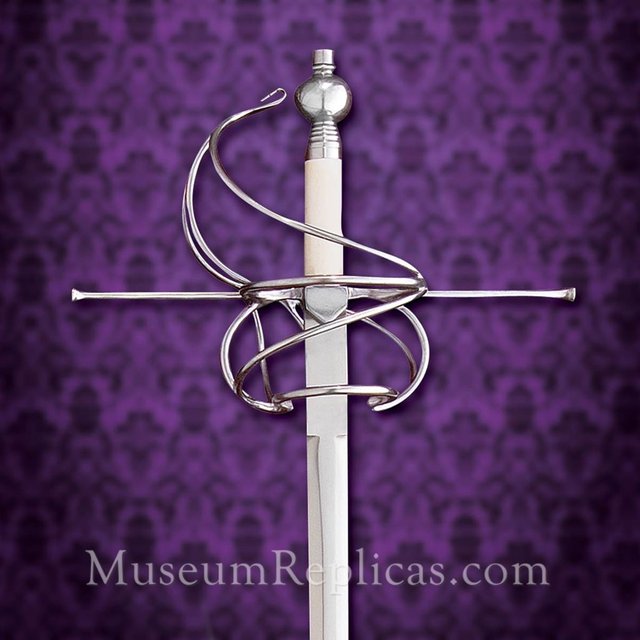
One-handed swords: The double-edged, one-handed sword was also called the arming sword or knightly sword and was in fashion during the High Middle Ages. The weapon was meant to be used with a shield. It was typified by a cruciform hilt and was around 2.5 feet long.
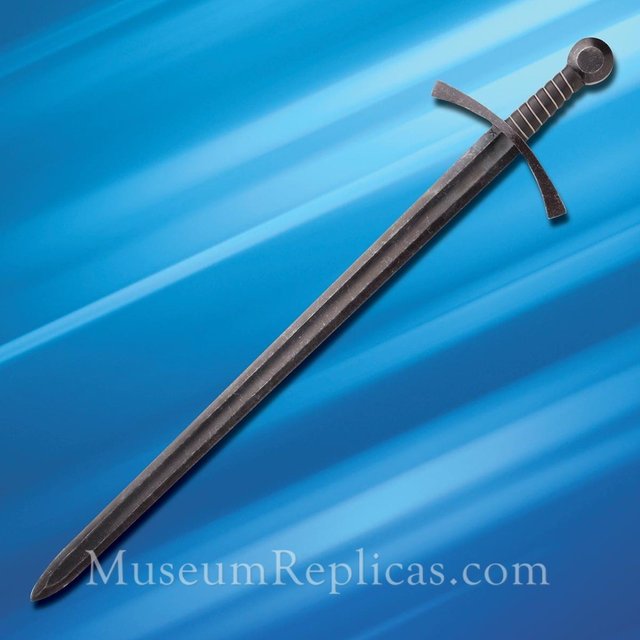
Longswords: The longsword, like the arming sword, was double-edged and featured a cruciform hilt. However, the blade was slightly longer and the handle much more so thus enabling the use of both hands if required. This sword type was in fashion in the Late Middle Ages and into early Renaissance. The blade length on average was slightly over 3 feet.
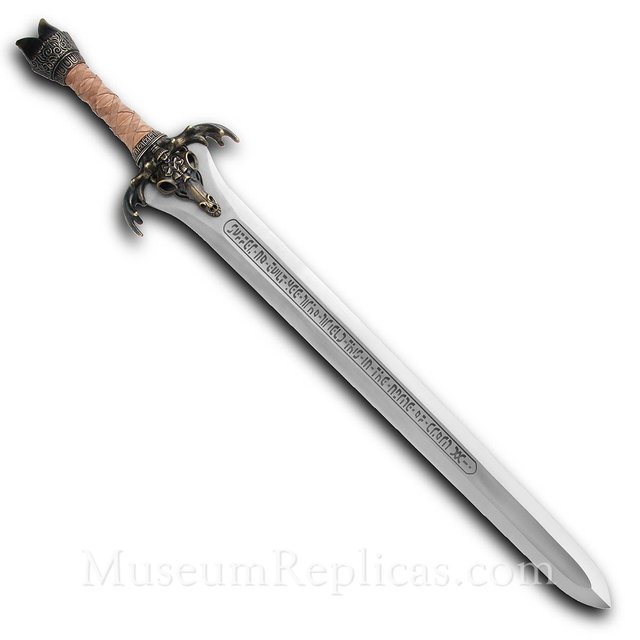
Hand-and-half swords
This sub-class of the longsword is also called the bastard sword due to the special handle that enabled the sword to be used with one hand or two. On average, the length of the blade may have been around the same as the longsword.
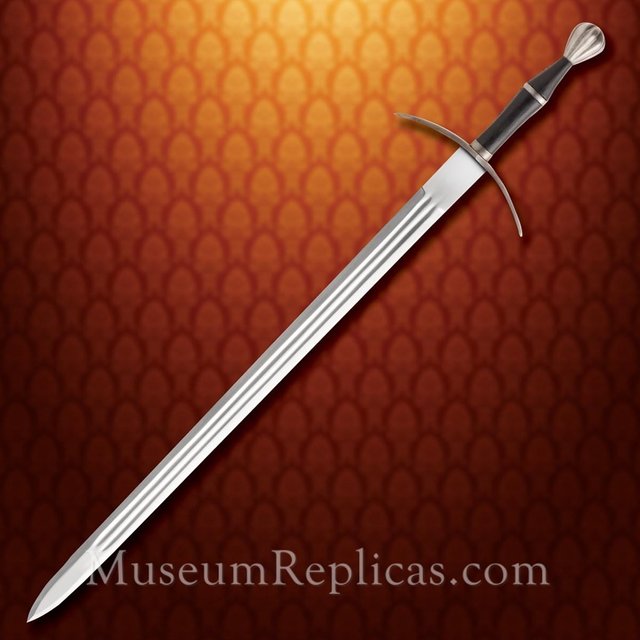
Two-handed swords: Two-handed swords are not medieval weapons as many seem to believe. They are exclusively Renaissance period swords. These tools could be as long as 6 feet and not everybody could use them effectively. Some of the more popular two-handed swords were the Scottish Claymore and the German blades, the Zweihander and the scalloped and serrated-edged Flamberge.
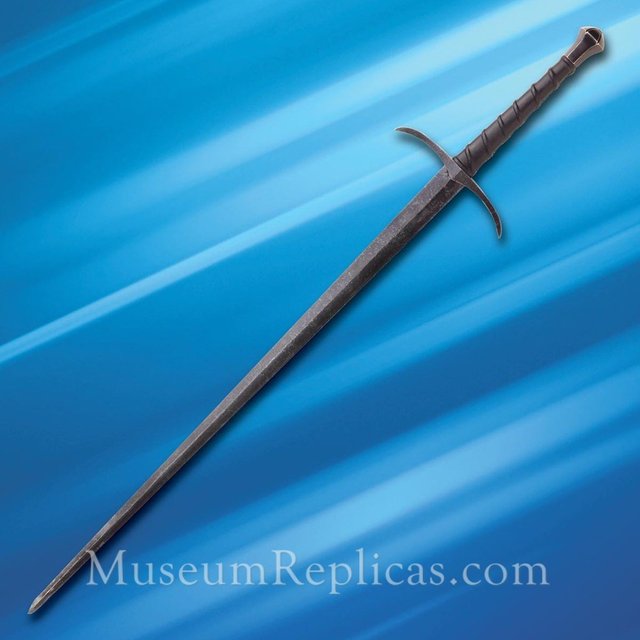
Short Swords: Short swords were usually around two feet in length and used with a shield. These weapons were made famous by the Roman Army (Gladius) at the height of its powers and also the Greeks (Kopis).
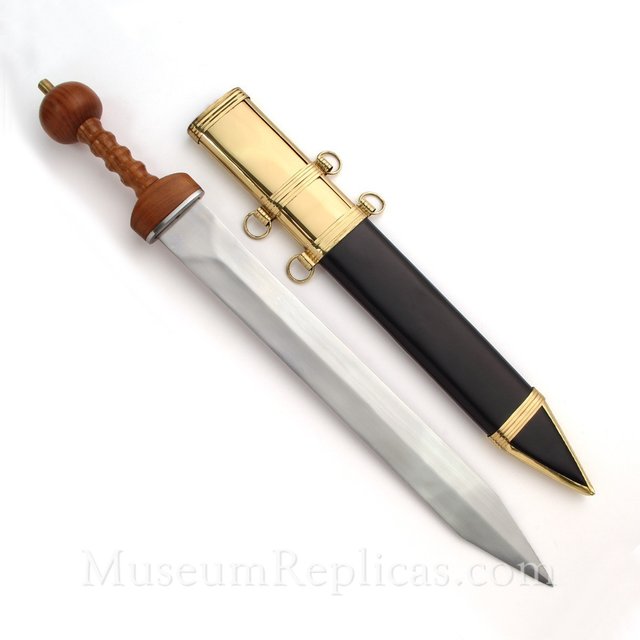
If you are looking for high-quality swords, check out Atlanta Cutlery’s wonderful collection.
Congratulations @jameswill! You received a personal award!
You can view your badges on your Steem Board and compare to others on the Steem Ranking
Do not miss the last post from @steemitboard:
Vote for @Steemitboard as a witness to get one more award and increased upvotes!
Downvoting a post can decrease pending rewards and make it less visible. Common reasons:
Submit